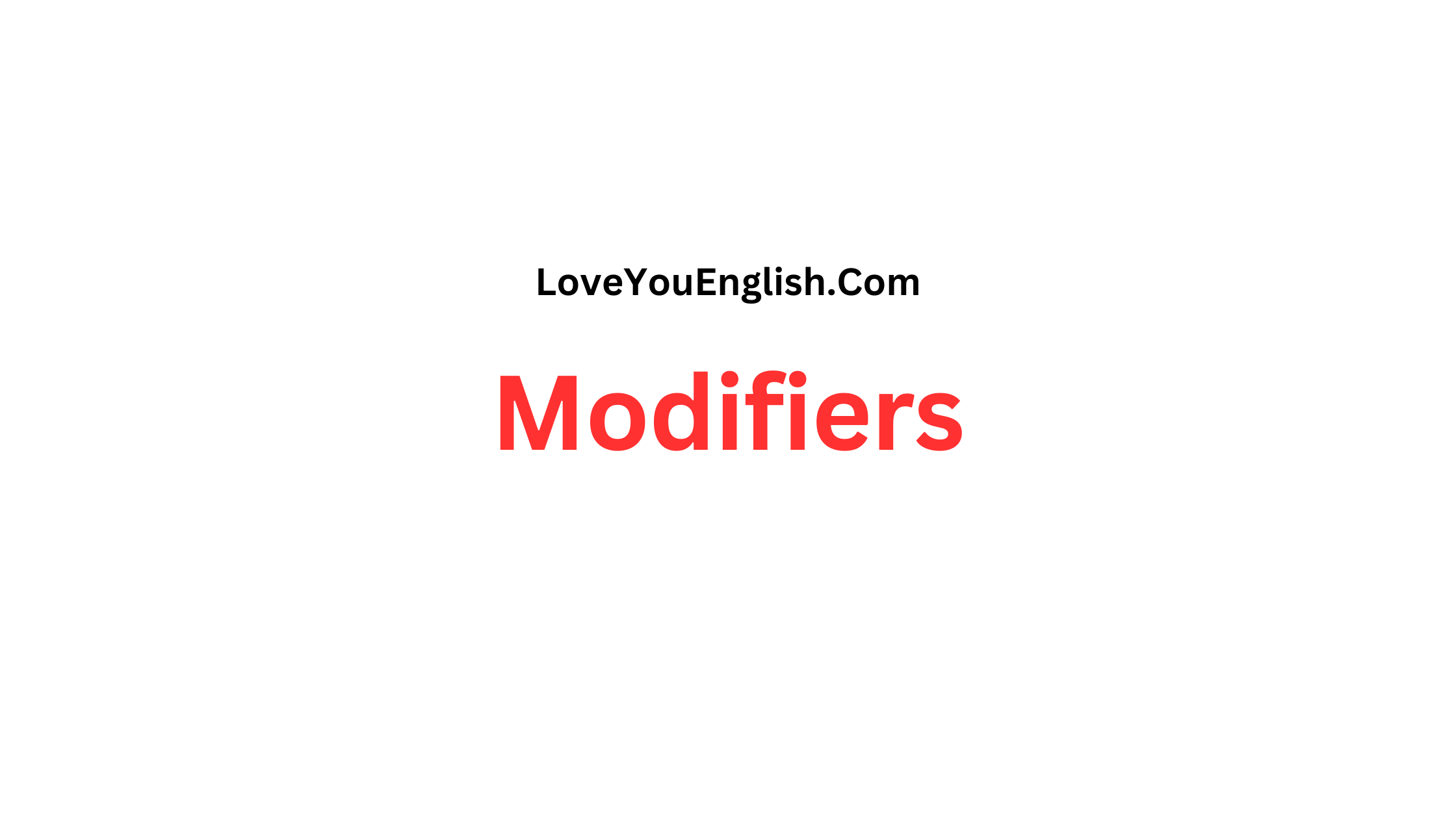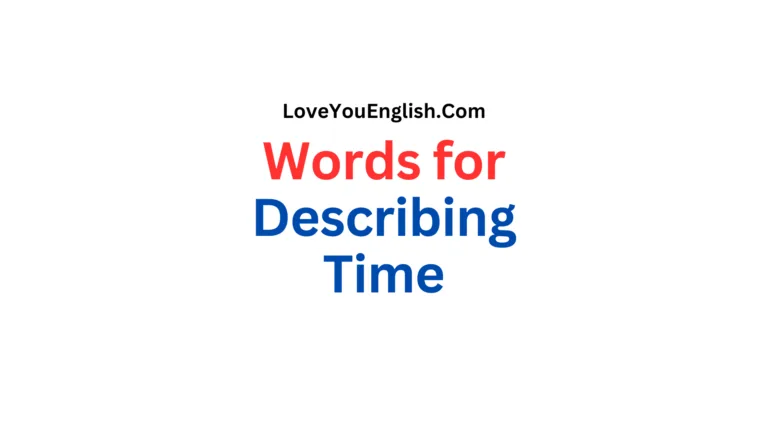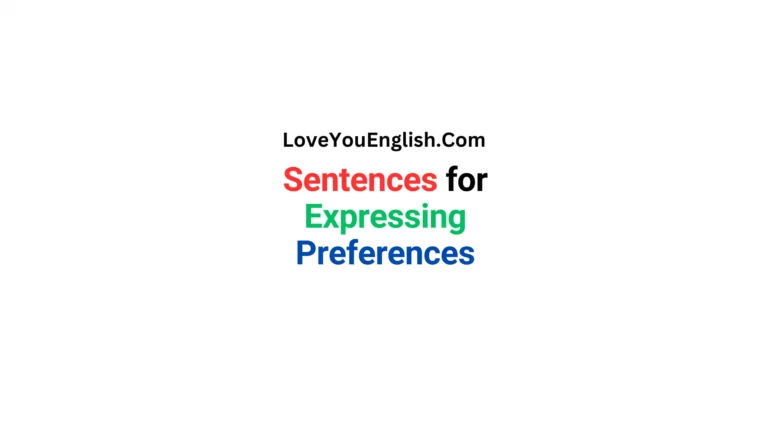What Are Modifiers? How to Use Them Correctly, With Examples
Modifiers play a crucial role in writing because they help explain, describe, and add more detail to what we are discussing.
Knowing how to properly use modifiers can enhance your writing, making your sentences clearer and more interesting.
I will tell you what modifiers are, look at the different types, and learn how to use them correctly with lots of examples.
Whether you’re a student, a writer, or just someone looking to improve your grammar, this guide will help you get the hang of modifiers.
What Are Modifiers?
Modifiers are words, phrases, or clauses that provide extra detail or describe other words in a sentence.
They can give us more information about a noun (like a person, place, or thing) or a verb (which shows an action or state).
For instance, in the sentence “The shiny sun warmed the chilly beach,” “shiny” modifies “sun” and “chilly” modifies “beach.”
Modifiers can be adjectives, adverbs, or even whole phrases and clauses.
Their main purpose is to make your writing more colorful and specific by answering questions like “What kind?” “How many?” “Which one?” and “How?”
Types of Modifiers
Modifiers come in various forms, each with its own function.
Let’s categorize them into three main types: adjectives, adverbs, and phrases or clauses.
Adjectives
Adjectives are words that help us understand more about nouns.
They can describe what something is like, how many there are, or which specific one we mean.
Here are some examples:
Descriptive Adjectives: “The bright sky looked beautiful.” (In this case, “bright” describes the noun “sky.”)
Quantitative Adjectives: “He has five apples.” (Here, “five” tells us the number of apples.)
Possessive Adjectives: “Their dog is very playful.” (In this example, “their” shows who owns the dog.)
Adjectives usually come before the noun they describe, but they can also follow linking verbs.
For instance:
“The pizza was tasty.”
Adverbs
Adverbs are words that modify verbs, adjectives, or even other adverbs.
They often tell us how, when, where, or to what degree something happens.
Here are some examples:
Modifying Verbs: “He runs quickly.” (In this case, “quickly” describes how he runs.)
Modifying Adjectives: “The movie was really exciting.” (Here, “really” intensifies “exciting.”)
Modifying Adverbs: “She danced quite gracefully.” (In this example, “quite” enhances “gracefully.”)
Adverbs can be found in different spots in a sentence, but they typically come before or after the word they modify.
More grammar topics:
- Degrees of Comparison of Adjectives
- Has vs. Have: What’s the Difference?
- Difference Between “Which” and “That”
- What Is a Collective Noun? Examples & Definition
- 85 Connectors in English to Speak and Write Fluently
Modifying Phrases and Clauses
Phrases and clauses can also serve as modifiers, adding more information to a noun or verb.
There are two main types:
Adjective Phrases: “The novel by that author is fantastic.” (Here, “by that author” describes “novel.”)
Adverbial Clauses: “He laughed because he heard a joke.” (In this case, “because he heard a joke” explains why he laughed.)
Knowing how to use modifiers properly can really improve your writing and make it easier to understand.
Here are some helpful tips and common errors to steer clear of:
Keep Modifiers Near the Words They Describe
A key rule is to position modifiers as close as possible to the words they modify.
If they’re too far away, it can lead to confusion or even funny misunderstandings.
For instance:
Correct: “The dog wagged its tail, excited by the walk.”
Incorrect: “Excited by the walk, the dog’s tail wagged.”
In the incorrect version, it sounds like the tail is the one that’s excited, which isn’t what we mean.
Watch Out for Dangling Modifiers
A dangling modifier is a phrase that doesn’t clearly connect to a specific word in the sentence.
For example:
Incorrect: “Walking down the street, the flowers looked beautiful.”
This makes it seem like the flowers are the ones walking, which is wrong. A better way to say it is:
Correct: “Walking down the street, I noticed the flowers looked beautiful.”
Use Adjectives and Adverbs Correctly
Make sure to use adjectives for nouns and adverbs for verbs, adjectives, or other adverbs.
Here’s a quick guide:
Adjectives: “The tall building.” (Describes the noun “building.”)
Adverbs: “He runs quickly.” (Describes the verb “runs.”)
Using these incorrectly can make your sentences confusing.
Be Clear and Specific
Modifiers should provide clear details that help explain your meaning instead of making it vague.
For example:
Vague: “She wore a pretty dress.” (What makes it pretty?)
Specific: “She wore a bright red dress.” (Gives a clear image of the dress.)
Let’s check out some sentences with modifiers and see how they work.
Using modifiers the right way can really enhance your writing and make it more understandable.
Here are some useful tips and common mistakes to avoid:
Position Modifiers Close to Their Words
One important rule is to keep modifiers as close as possible to the words they describe.
If they’re too far away, it can cause confusion or even funny situations.
For example:
Correct: “The dog wagged its tail, thrilled by the walk.”
Incorrect: “Thrilled by the walk, the dog’s tail wagged.”
In the incorrect example, it sounds like the tail is thrilled, which isn’t the point.
Avoid Dangling Modifiers
Example: “The young woman quickly solved the difficult puzzle.”
-
- “Young” modifies “woman,” telling us about her age.
- “Quickly” modifies “solved,” describing how she solved the puzzle.
- “Difficult” modifies “puzzle,” giving us more detail about the puzzle.
Example: “The large dog barked loudly at the strange cat.”
-
- “Large” modifies “dog,” describing the size of the dog.
- “Loudly” modifies “barked,” telling us how the dog barked.
- “Strange” modifies “cat,” describing how the cat appeared to the dog.
Example: “Because she was tired, she went to bed early.”
-
- “Because she was tired” is an adverbial clause modifying “went to bed early,” explaining why she went to bed early.
Let’s talk about some typical mistakes with modifiers and how to fix them:
Misplaced Modifiers
Wrong: “Flying over the ocean, the sunset looked amazing.”
Right: “Flying over the ocean, we noticed that the sunset looked amazing.”
In the wrong sentence, it seems like the sunset is the one flying, which is not what we mean.
Dangling Modifiers
Wrong: “After finishing the homework, the TV was switched on.”
Right: “After finishing the homework, I switched on the TV.”
Here, “After finishing the homework” doesn’t clearly say who did the action.
Summary
Modifiers are super important for good writing.
They help us add details, make things clearer, and spice up our sentences.
By knowing what modifiers are and how to use them right, you can boost your writing skills and communicate better.
Quick recap:
Modifiers are words, phrases, or clauses that give more information about other words in a sentence.
- Types of Modifiers include adjectives, adverbs, and phrases or clauses that modify.
- Correct Usage means putting modifiers near the words they describe, avoiding dangling modifiers, using adjectives and adverbs correctly, and being clear.
- Common Mistakes include misplaced and dangling modifiers, which can confuse readers.
By practicing these tips and being careful about common errors, you can improve your writing and share your ideas more clearly.







